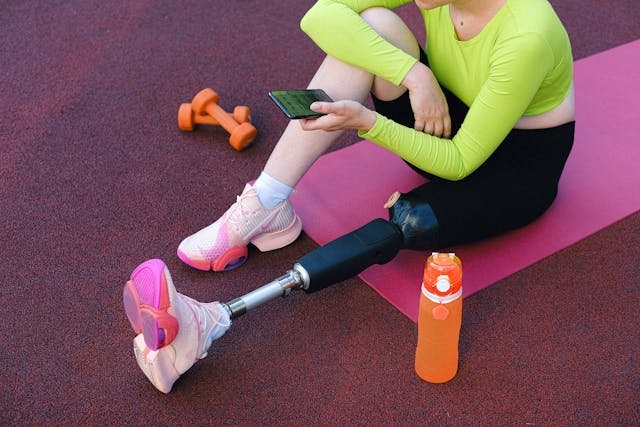Losing a limb is a life-changing experience, and the journey of recovery can feel overwhelming at first. But with the right care, knowledge, and support, healing becomes manageable—and even empowering. Whether someone has undergone a transtibial amputation (below the knee) or a transfemoral amputation (above the knee), understanding what to expect during recovery makes a big difference in physical and emotional healing.
At Robobionics, we’ve helped hundreds of people navigate this phase, and we’ve seen firsthand how preparation leads to better outcomes. This guide breaks down the key differences in recovery between transtibial and transfemoral amputations, using clear language and real-world advice to support you every step of the way.
Initial Healing After Amputation
The first few weeks after surgery are focused on healing the body, managing pain, and preparing for the next steps. This period looks a little different depending on the level of amputation.
Post-Surgical Care and Wound Healing
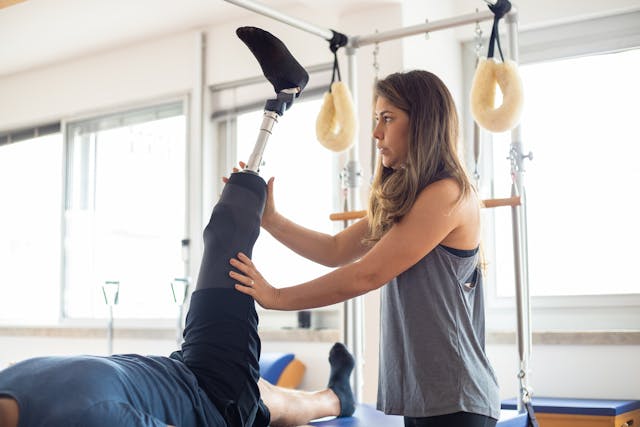
After both types of amputation, the surgical site needs time to heal. The area around the incision is monitored closely for signs of infection, swelling, or delayed healing. For transtibial amputations, healing usually happens a bit faster because the surgery is done below the knee, which is less complex. The remaining muscles and blood vessels in the lower leg are easier to manage, and the wound typically closes with fewer complications.
Transfemoral amputations involve a larger surgery, since more tissue is removed and the muscles around the thigh are deeper and more active. This means healing may take longer and might need more support. The incision area is larger, and swelling can take more time to settle. Extra attention is given to muscle shaping so that the leg is ready for a prosthetic later on.
In both cases, the medical team helps manage pain with medication and guides you through gentle movements to prevent stiffness. Keeping the limb clean and elevated reduces swelling and promotes faster recovery. The goal during this phase is to allow the body to rest and build a strong foundation for rehabilitation.
Managing Phantom Limb Sensations
It’s common for people to feel sensations in the limb that’s no longer there. These are known as phantom limb sensations, and they’re a natural part of the brain adjusting to the change. Some people feel itching, tingling, or even pain in the missing part of the leg. It may seem confusing, but it doesn’t mean something is wrong.
For transtibial amputees, these sensations often fade more quickly because the body retains more of the original limb. The nerves that signal the brain are shorter, and the adjustment process tends to be easier. Transfemoral amputees might feel stronger phantom sensations due to the greater loss of nerve pathways and muscle feedback.
There are ways to reduce discomfort during this stage. Techniques like massage, mirror therapy, and mild medication can all help. The focus here is on staying calm, being patient with the body, and using small daily routines to get through this early challenge.
Emotional and Mental Adjustment
The emotional impact of amputation is just as real as the physical part. It’s normal to feel a mix of emotions—relief, frustration, sadness, and even hope. The body is adjusting to a new reality, and the mind is doing the same.
Transtibial amputees often find the adjustment a bit easier, since their range of movement and independence returns more quickly. They may begin to walk with a prosthetic sooner, which helps restore confidence. Transfemoral amputees might face more ups and downs in the beginning, especially because recovery and mobility take more time.
Talking to others—family, friends, or support groups—can ease this process. Recovery is not just about physical strength. It’s also about staying connected, asking for help when needed, and giving yourself permission to heal emotionally.
Preparing the Residual Limb
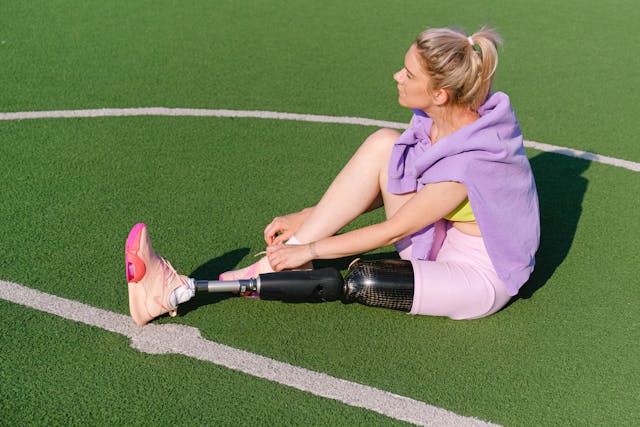
Once the surgical site has healed, the focus shifts to getting the limb ready for prosthetic fitting. This stage is crucial and requires consistent care and attention.
Reducing Swelling and Shaping the Limb
Swelling is a natural part of healing, but it needs to be controlled for the prosthetic to fit well later. Both transtibial and transfemoral users wear compression wraps or shrinker socks to help shape the limb. This encourages fluid drainage and guides the limb into a shape that fits comfortably into a socket.
For transtibial users, shaping is often faster. The lower leg tends to have more stable muscle and bone structure, and gravity helps reduce swelling more effectively. For transfemoral users, shaping takes a little longer due to the deeper tissues in the thigh and the higher location of the residual limb.
The goal is to keep the limb smooth, firm, and properly tapered. This makes fitting a prosthetic easier and more comfortable. Regular check-ins with your care team help track progress and make sure any issues are addressed early.
Strengthening the Surrounding Muscles
Even before walking begins, the muscles around the residual limb need to stay active. Exercises are introduced gradually to improve circulation, reduce stiffness, and prevent loss of muscle tone. These movements focus on the hips, thighs, and core, since they all support future mobility.
Transtibial amputees often find it easier to begin with simple leg lifts and stretches, especially since their knee is still present and functional. These early exercises help prepare them for balance and movement training. Transfemoral amputees work more on hip strength, because the hip must take over more movement functions that the knee once handled.
This stage is about building a foundation. Strong muscles lead to better control, which leads to smoother walking later. Even small daily routines—like shifting weight, lifting the limb, or sitting upright—make a big difference.
Protecting the Skin and Preventing Pressure Sores
The residual limb will eventually bear weight inside the socket of a prosthetic. That’s why keeping the skin healthy is essential. Both types of users are taught how to check for redness, irritation, or blisters early on, so they can adjust their care before serious problems occur.
The skin on the residual limb is sensitive, especially in the first few weeks after healing. Transtibial users usually experience fewer skin issues because the limb has more surface area and pressure is more evenly spread. Transfemoral users need to be extra careful, as their socket can place more pressure on a smaller area.
Using the right liners, keeping the limb clean, and checking daily for changes all help. The skin needs to be treated with care and respect, just like any other part of the recovery process. At Robobionics, we provide guidance and tools to help make this routine simple and effective.
Starting Prosthetic Fitting and Rehabilitation
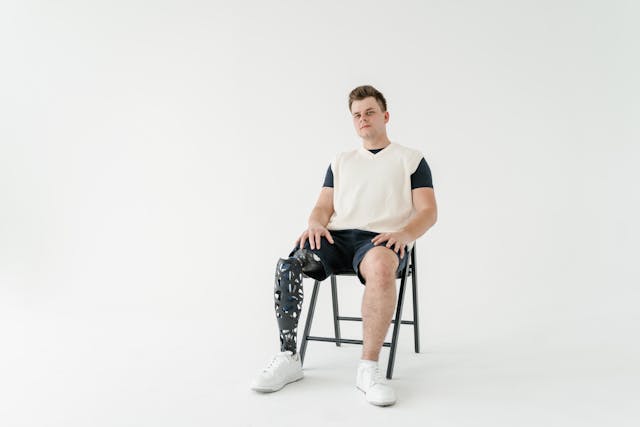
Once healing and limb shaping are well underway, users begin the exciting phase of being fitted with their prosthetic and learning how to use it.
The First Prosthetic Fitting Experience
This first fitting is an important milestone. The prosthetist measures the residual limb carefully, selects the right components, and creates a socket that feels secure and snug. The goal is to find a balance between comfort and control.
Transtibial fittings are often more straightforward. Since the knee is still present, alignment and pressure distribution are easier to manage. Transfemoral fittings take more time, because the prosthetic includes a knee that must move in sync with the user’s body.
The first time wearing a prosthetic may feel strange or uncomfortable. This is normal. The body needs time to adapt to the new shape, weight, and sensation of the device. This fitting is just the beginning of a process that includes adjustments and re-evaluations along the way.
Learning to Walk Again
Walking with a prosthetic is a new skill, and everyone learns at their own pace. Transtibial users generally learn more quickly because they have a natural knee joint to help with balance and movement. Their gait often feels more natural from the start, and fewer energy demands are placed on the rest of the body.
Transfemoral users must learn how to control the prosthetic knee with their hips and body position. This takes more focus and practice. The swing of the leg, the way the foot lands, and the timing of each step all require coordination.
Rehabilitation is not just physical—it’s also mental. Every step forward builds confidence. At Robobionics, we support users with in-clinic therapy, virtual rehab sessions, and gamified home-based exercises to keep learning simple and engaging.
Adjusting and Personalizing the Prosthetic
No prosthetic fits perfectly on the first try. The limb may change shape, pressure points may appear, or parts may need to be fine-tuned for smoother walking. Regular adjustments ensure the prosthetic continues to feel like a natural part of the body.
Transtibial users typically require fewer adjustments over time. Once the socket is stable and the foot alignment is correct, the system tends to stay consistent. For transfemoral users, more check-ins are often needed, especially in the early months, as the socket, knee joint, and walking pattern all need to work in harmony.
These adjustments are a normal part of the journey. They help reduce pain, prevent skin problems, and improve performance. At Robobionics, we make this process easy by offering follow-up care, fast support, and detailed feedback to make sure your prosthetic grows with you.
Long-Term Recovery and Life After Amputation
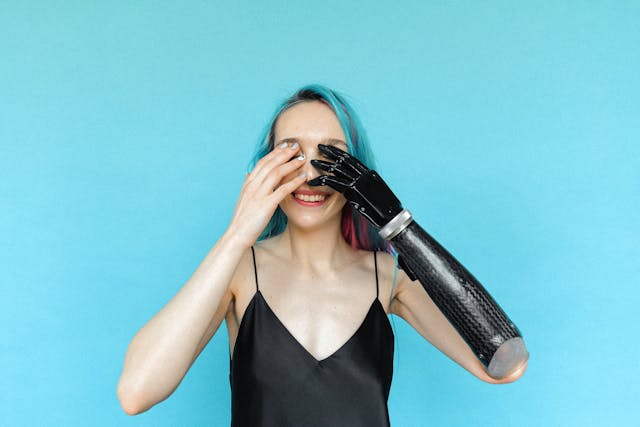
Recovery doesn’t stop once you start walking. In fact, this stage is where true independence and progress begin.
Building Daily Routines and Independence
Life after amputation is about rebuilding habits. Getting out of bed, preparing meals, commuting, and socializing all feel different—but they are all possible with the right support. Learning how to do these things again is where confidence takes root.
Transtibial users often return to daily life more quickly, especially if they have a strong support system and reliable rehabilitation. Transfemoral users may face more physical challenges, but with consistent effort, they too can build a lifestyle that feels full and fulfilling.
It’s not about doing everything the way you used to. It’s about finding new ways that work for you. With small adjustments and an open mindset, everyday routines can become easy again.
Staying Physically and Mentally Strong
Exercise, good nutrition, and regular movement help keep the body in shape for long-term success. Whether it’s walking, swimming, or yoga, staying active supports muscle tone, reduces fatigue, and improves overall mood.
Mental health is just as important. Support groups, therapy, and staying connected to others on a similar journey can help reduce stress and anxiety. It’s okay to ask for help, to rest when needed, and to set your own pace.
Long-term recovery is about more than just getting by—it’s about thriving. At Robobionics, we’re here to make sure you’re not only mobile but motivated, supported, and seen.
Planning for the Future
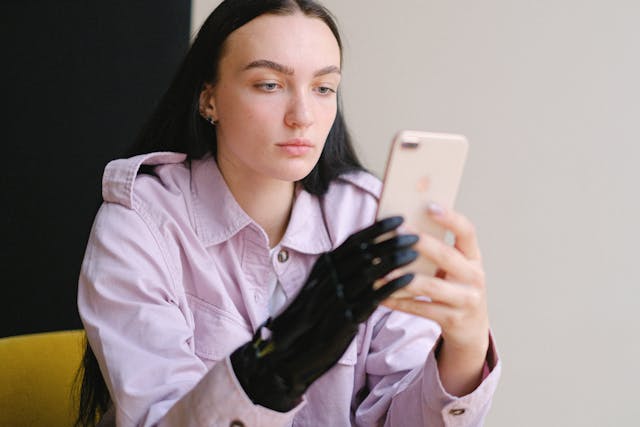
As time goes on, goals change. You might want to upgrade your prosthetic, take on new physical challenges, or return to work or travel. Planning ahead helps make these goals achievable.
Transtibial and transfemoral users alike benefit from regular check-ins and upgrades. As technology improves, so does the experience of movement. Robobionics offers both standard and advanced prosthetic options, so users can transition smoothly as their needs grow.
Recovery isn’t just a timeline—it’s a lifelong journey. But with the right tools, care, and attitude, it’s a journey that leads to strength, stability, and freedom.
Support Systems That Strengthen Recovery
No one recovers alone. While physical healing is important, having a support system makes the difference between just getting by and truly moving forward. The people, services, and resources around you play a huge role in how quickly—and how confidently—you regain control of your life.
The Role of Family and Caregivers
For most people, family members or close friends become the first and most important layer of support. From helping with dressing changes to encouraging therapy routines, their presence brings comfort, structure, and emotional strength. Especially in the early days after surgery, when simple tasks feel overwhelming, having someone nearby can ease stress and boost morale.
Transtibial users might regain independence a bit faster, which reduces long-term reliance on family. However, in those first few weeks, even things like standing or using the bathroom may require help. For transfemoral users, assistance may be needed for a longer time, especially with balance and mobility in the early phase of prosthetic training.
Family members are often included in training sessions at Robobionics partner clinics, so they know how to offer the right kind of help—without making the user feel helpless. This shared experience strengthens both understanding and recovery, creating a home environment that encourages progress.
Professional Support from Experts
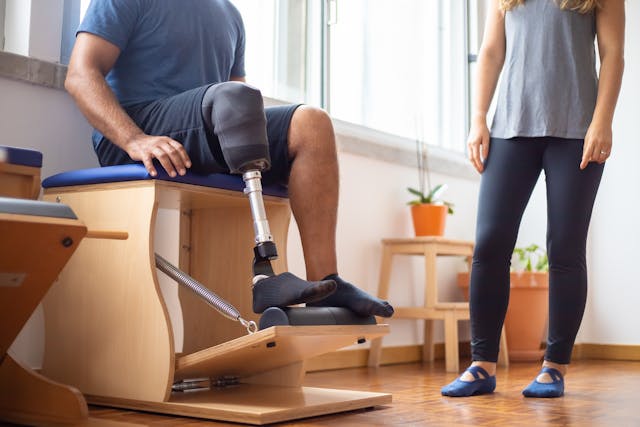
In addition to personal support, expert care plays a major role in successful recovery. Prosthetists, physiotherapists, occupational therapists, and doctors each bring a specific skill that guides healing in the right direction. Choosing professionals who listen, explain clearly, and stay involved makes a huge difference in comfort and outcome.
At Robobionics, our approach is team-based. We don’t just fit a device and say goodbye. We collaborate with your rehabilitation specialists to ensure your prosthetic works well in your real life—not just in the clinic. This close communication helps prevent setbacks and allows faster adaptation.
Transfemoral users often work more closely with therapists over a longer period. Mastering a mechanical knee takes time, and the support of skilled trainers builds trust in the device. Transtibial users also benefit from regular follow-ups to fine-tune their walking pattern, prevent falls, and learn energy-saving techniques.
Peer Connections and Community
One of the most overlooked but powerful parts of recovery is hearing from someone who’s been through it. Peer support—whether through local groups, online forums, or community meetups—offers motivation that no textbook can match. It reminds users they’re not alone and that life after amputation is not just possible—it’s meaningful and fulfilling.
Robobionics connects users through our own community outreach programs, where people share their progress, ask questions, and even mentor new amputees. We’ve seen firsthand how transformative these connections can be. Someone who felt discouraged one month can become an inspiration the next.
Whether it’s sharing tips on managing phantom pain or simply talking about the emotional side of recovery, peer relationships provide reassurance that things do get better—and they often do faster with support.
Conclusion
Whether you’re recovering from a transtibial or transfemoral amputation, the path may look different, but the destination is the same—independence, mobility, and confidence. Recovery takes time, patience, and teamwork. But every day, every small step, brings you closer to your goals.
At Robobionics, we’re not just a prosthetics company—we’re your partner in recovery. From the first day of healing to your first confident stride, we walk with you. We design prosthetics that fit your body, your life, and your future.
Book a free consultation with Robobionics today and start your recovery journey with a team that truly understands what you need—every step of the way.



